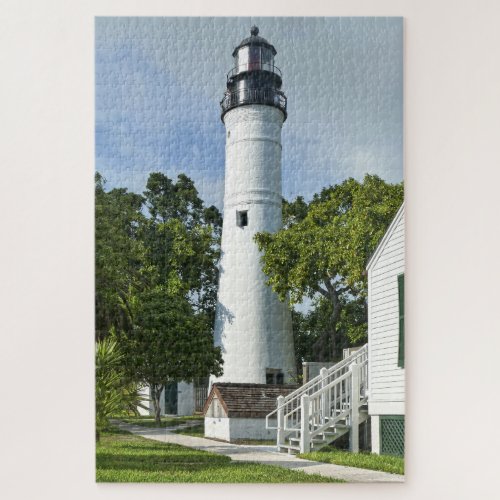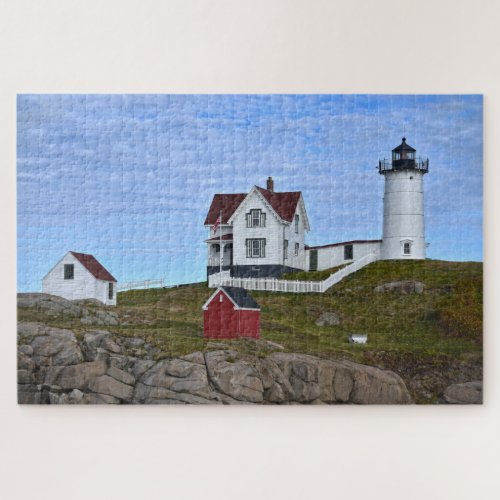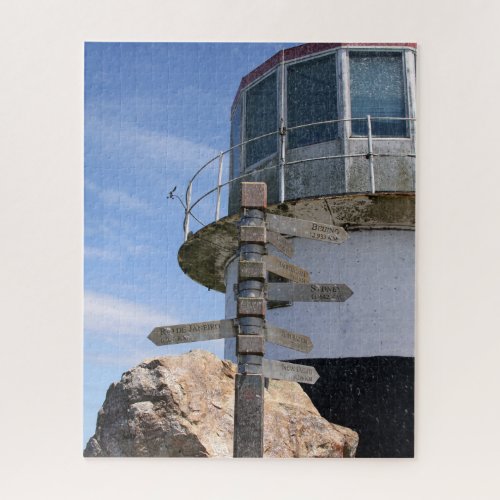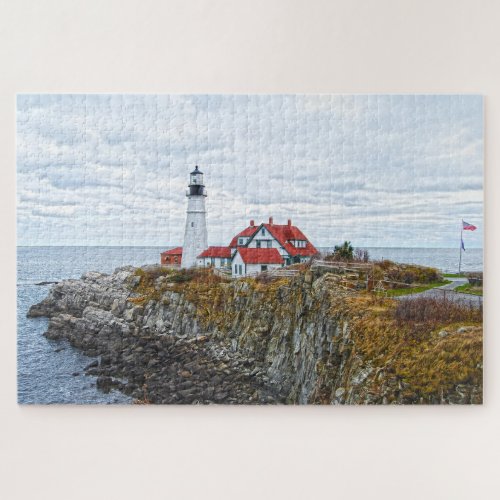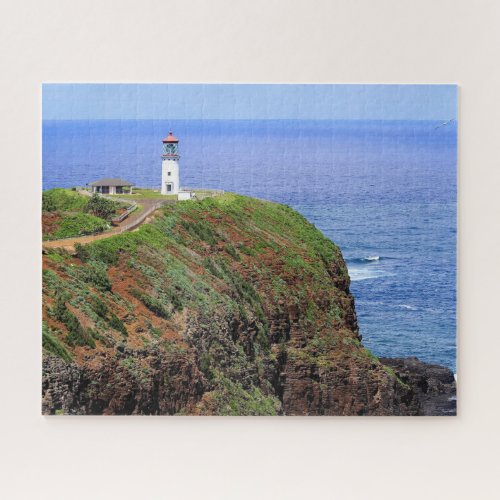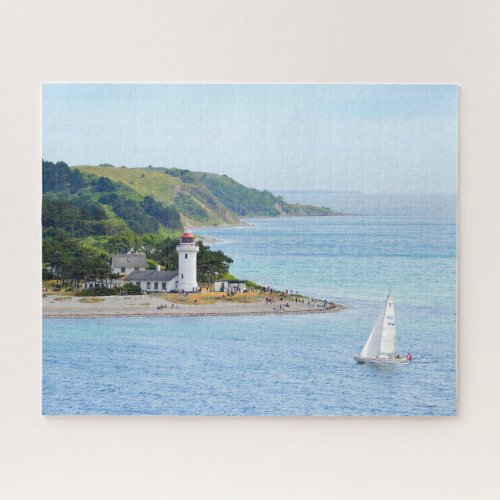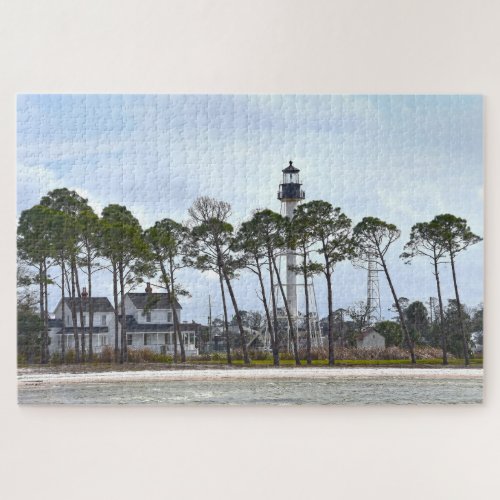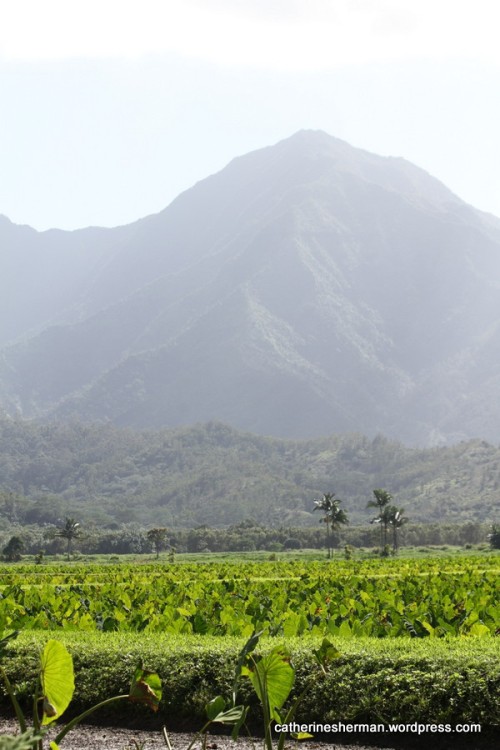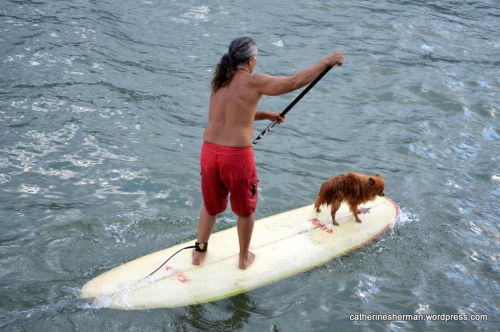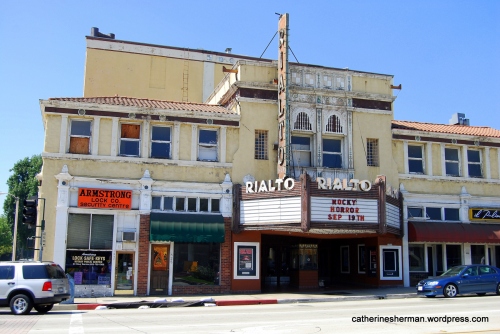
The Rialto Theatre, South Pasadena, California, photographed in September 2009. Opened in 1925, this theater is now closed.
It was love at first sight when I saw The Rialto Theatre. I was introduced to this old beauty when I visited my friend Jan in South Pasadena, California, in the 1990’s. I’ve taken many photographs of “The Rialto” since then, but may not get the chance much longer if it isn’t saved. This venerable theater opened in 1925 but it is now closed and in danger of demolition, as are many old theaters. A scene in Robert Altman’s movie film “The Player” was filmed in The Rialto’s back alley. “Scream 2” also featured The Rialto.
The Rialto is beautiful even in its decay. Like so many old theaters, it was decorated grandly. It has a fanciful Moorish, Egyptian and baroque motif. When I wrote an article for the Kansas City Star’s magazine about Orval Hixon, who photographed vaudeville stars from 1914 to 1930, I saw photographs of many glamorous theaters that have now fallen into ruin or are gone.
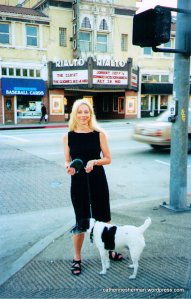
In the background is The Rialto Theatre, South Pasadena, California.
In the “old days,” an evening spent in the theater was a beautiful experience beyond what was being performed on the stage or shown on the screen. Some of the first movies I saw as a child was in The Orpheum, a gorgeously decorated old theater in Wichita, Kansas, which was originally built for vaudeville shows. Like many entertainment legends, these old theaters needs more than face lifts to keep them alive. Sometimes only the marquee sign is all that’s saved from an old theater.
Some of the theaters, such as the ones in Hawaii that I photographed, might not be grand, but they have their own charm. Farm workers and U.S. servicemen were among their clientale.
It’s bittersweet seeing these old cinema relics, whether they are grand cinema palaces or more humble screens. I’m grateful many of these historic theaters are still standing, but who knows for how long? People watch films on their computers and even on their phones these days. When people do go to the theater they want a great sound system, recliner seats, cup holders and even 3-D screens.
Jan and I and our husbands planned to see a movie at The Rialto in the early 2000s, when the theater was still open, but when we got to the box office we were told that the projector was broken. So we walked across the street to a video store and rented a VHS movie to watch at home. Sadly, I never saw a movie at The Rialto before it closed.
Here’s a slide show of theaters I’ve photographed in California, Colorado, Hawaii, Michigan and Missouri. There is information about each theater when you click on the photo. CLICK ON ANY THUMBNAIL PHOTO TO BEGIN THE SLIDESHOW AND SEE THE PHOTOS FULL SIZED.
Click on Cinema Treasures for a guide to more than 30,000 movie theaters from around the world, including theaters that are now closed.
Click on I’m Not Ready For My Close Up to read about my brief appearance on the Big Screen in the movie “fling.”
Here’s a blog that documents grand old theaters, many sadly in advanced decay. After the Final Curtain
About the theaters featured in slide show:
The Rialto, South Pasadena, California
Friends of The Rialto
Friends of The Rialto Facebook Page.
Sebastiani Theatre, Sonoma, California.
Michigan Theatre, Escanaba, Michigan
Gem Theatre, Kansas City, Missouri
Aloha Theatre, Kainaliu, Big Island, Hawaii
Honoka’a People’s Theater, Honoka’a, Big Island, Hawaii
Honomu Theater, Honomu, Big Island, Hawaii
Na’alehu Theatre, Na’alehu, Big Island, Hawaii
Park Theatre, Estes Park, Colorado
Screenland Crossroads Sign from old Isis Theatre, Kansas City, Missouri.

